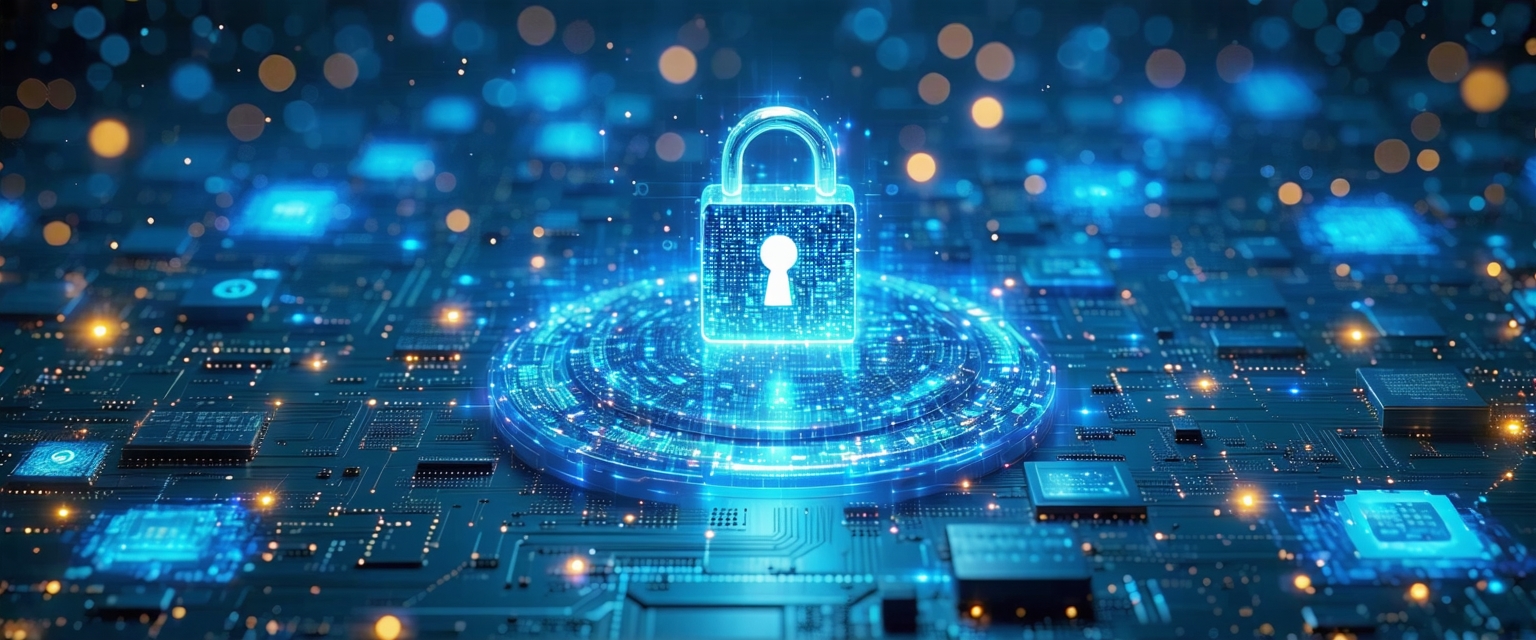






The cybersecurity landscape is constantly evolving, with attackers employing increasingly sophisticated methods. Recent advancements in artificial intelligence (AI) are offering a powerful new arsenal for defenders, significantly improving threat detection and response capabilities.
Traditional cybersecurity methods often rely on signature-based detection, meaning they only identify known threats. This leaves organizations vulnerable to zero-day exploits and advanced persistent threats (APTs). AI, particularly machine learning (ML), offers a more proactive approach by analyzing vast datasets to identify patterns indicative of malicious activity, even if those patterns have never been seen before.
Recent research has shown significant improvements in AI’s ability to detect and classify malware with extremely high accuracy. New algorithms are being developed that can analyze network traffic, system logs, and user behavior in real-time, providing immediate alerts to potential threats. This includes improvements in anomaly detection, which flags unusual activity that might signify a breach.
Furthermore, AI is also enhancing incident response. By automating tasks like threat prioritization and containment, AI can free up security teams to focus on more complex investigations and strategic initiatives. This increased efficiency is crucial in a world where security incidents are becoming increasingly frequent and complex.
The impact of AI on cybersecurity is already being felt across various industries. Organizations are leveraging AI-powered solutions to improve their threat detection rates, reduce the time to identify and respond to security incidents, and ultimately strengthen their overall security posture. This translates to reduced financial losses from breaches, better protection of sensitive data, and increased resilience against cyberattacks.